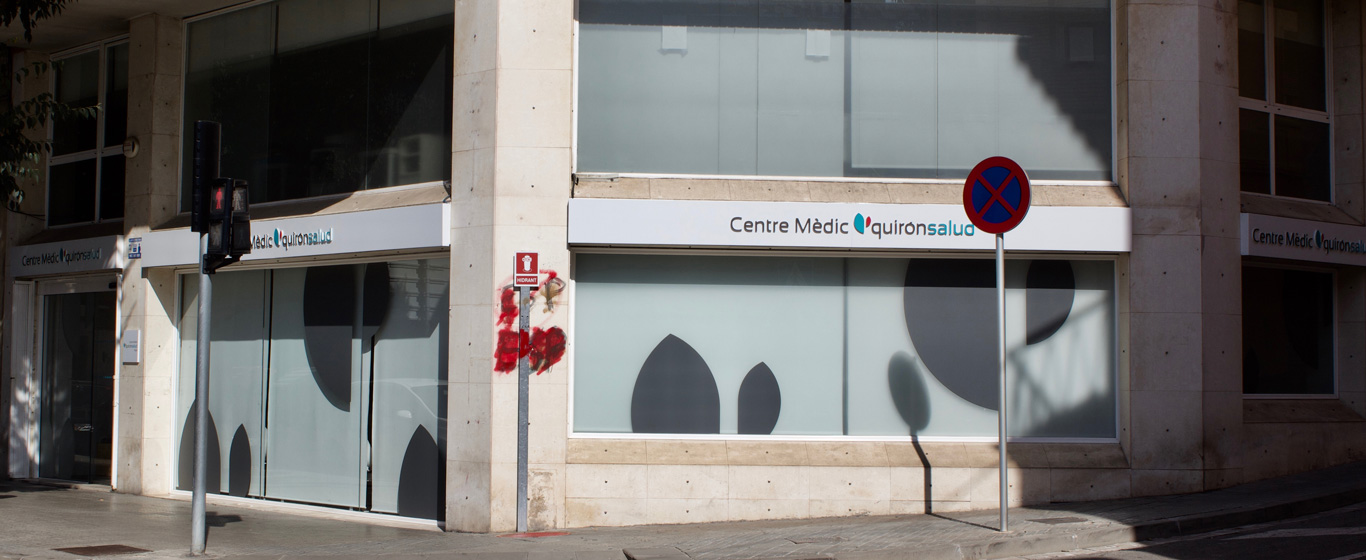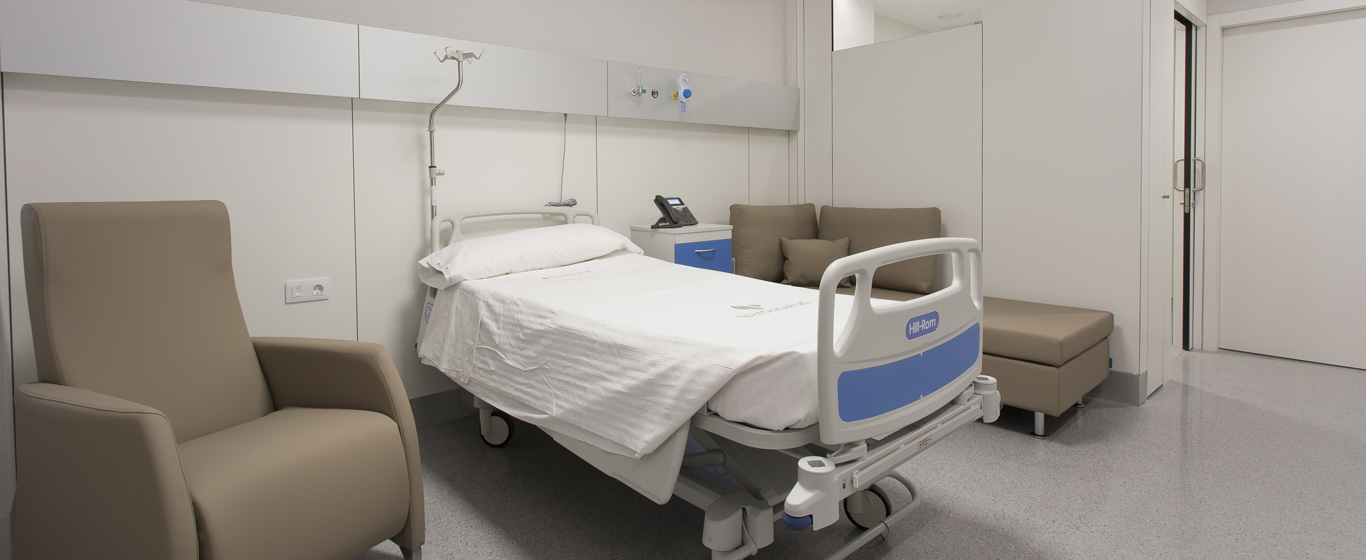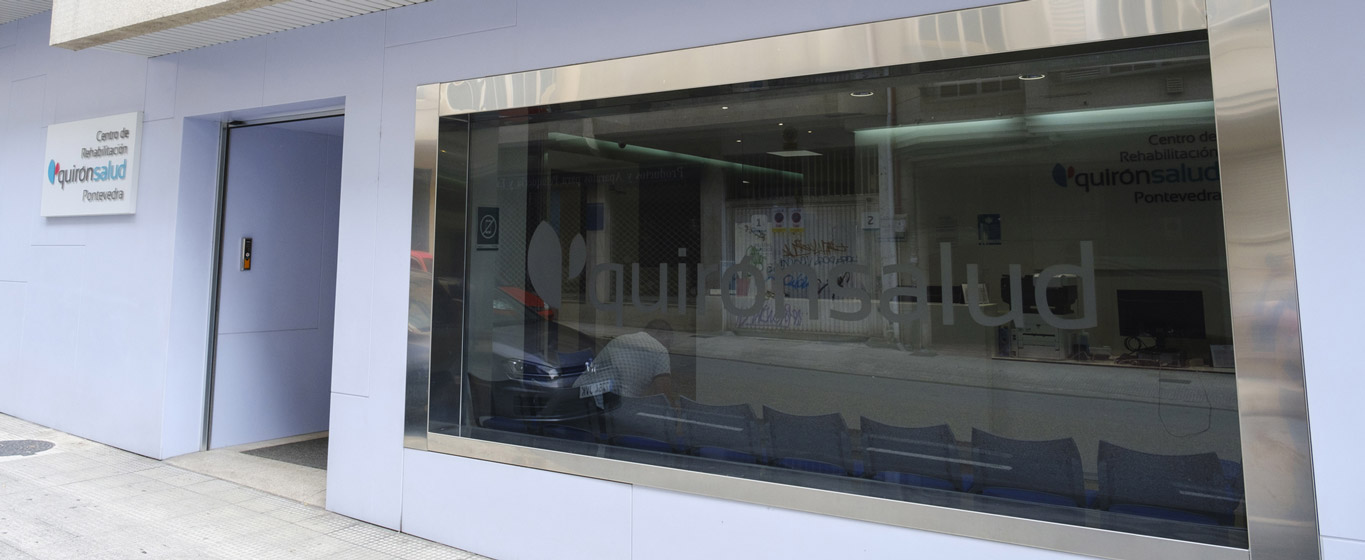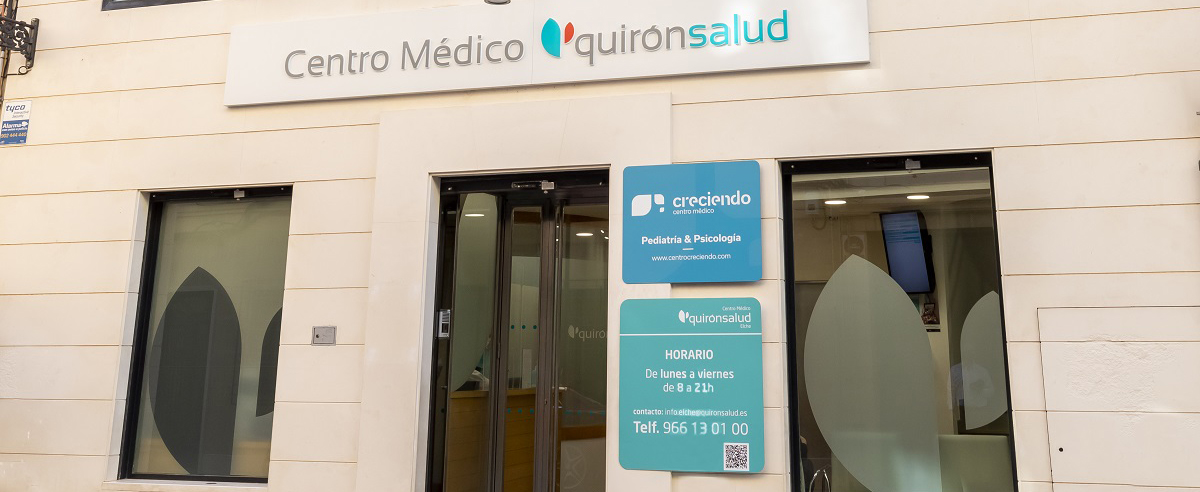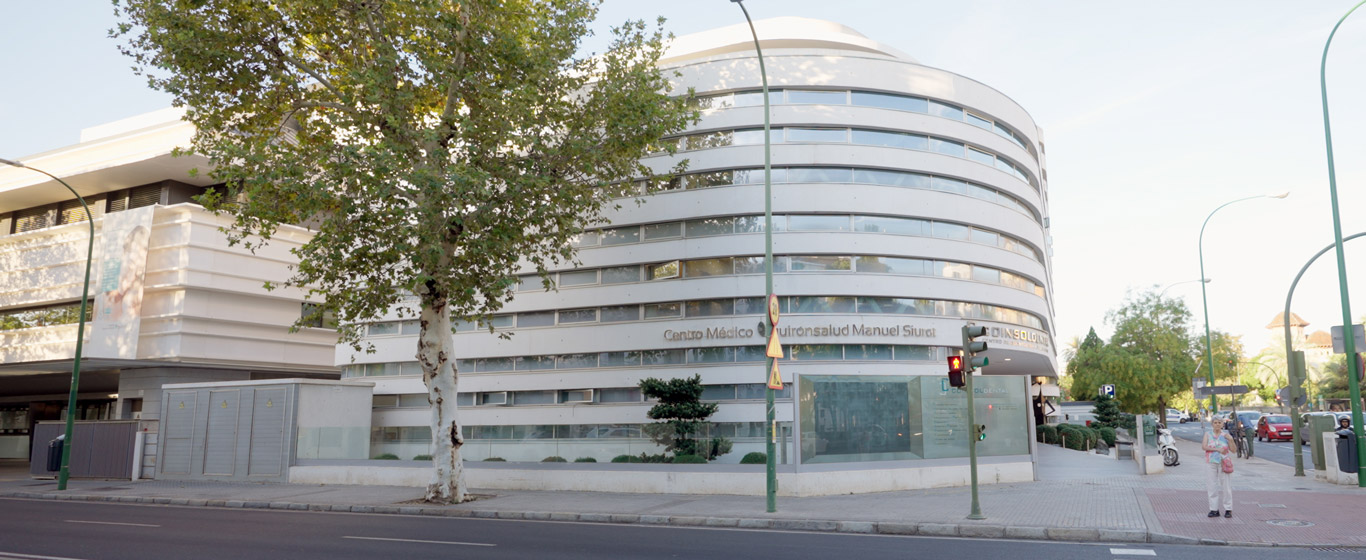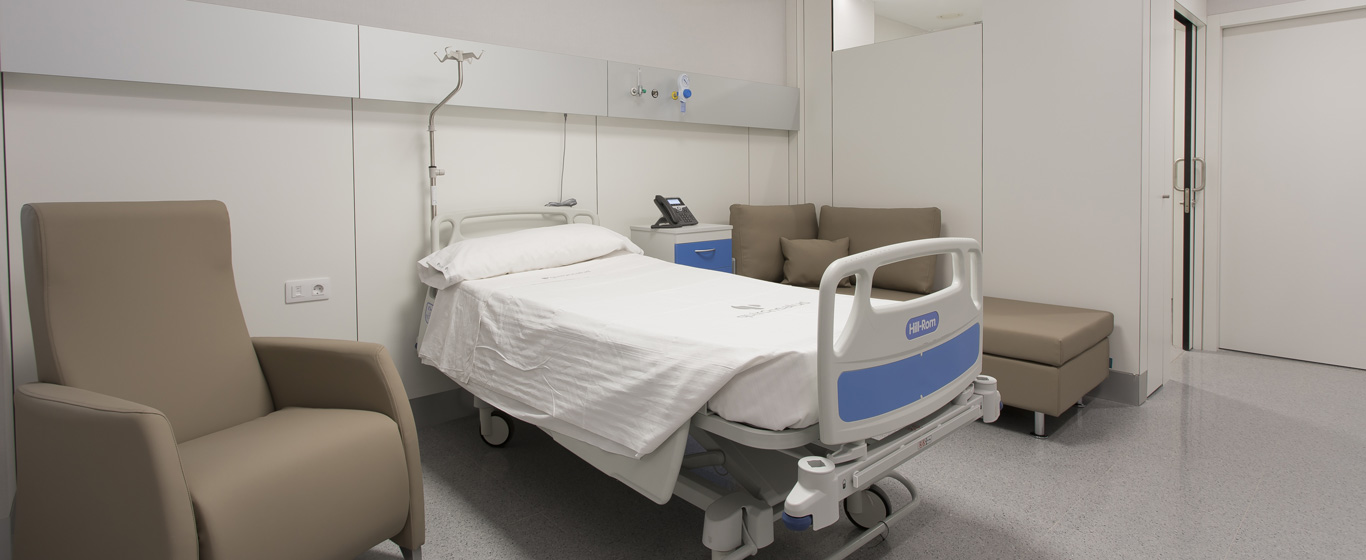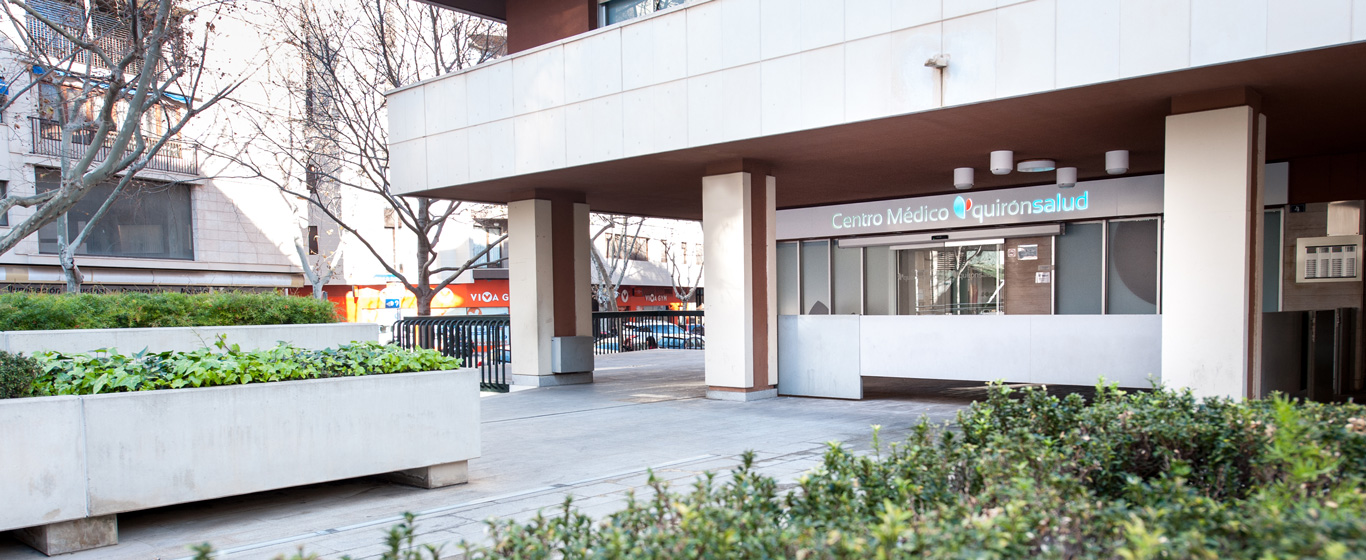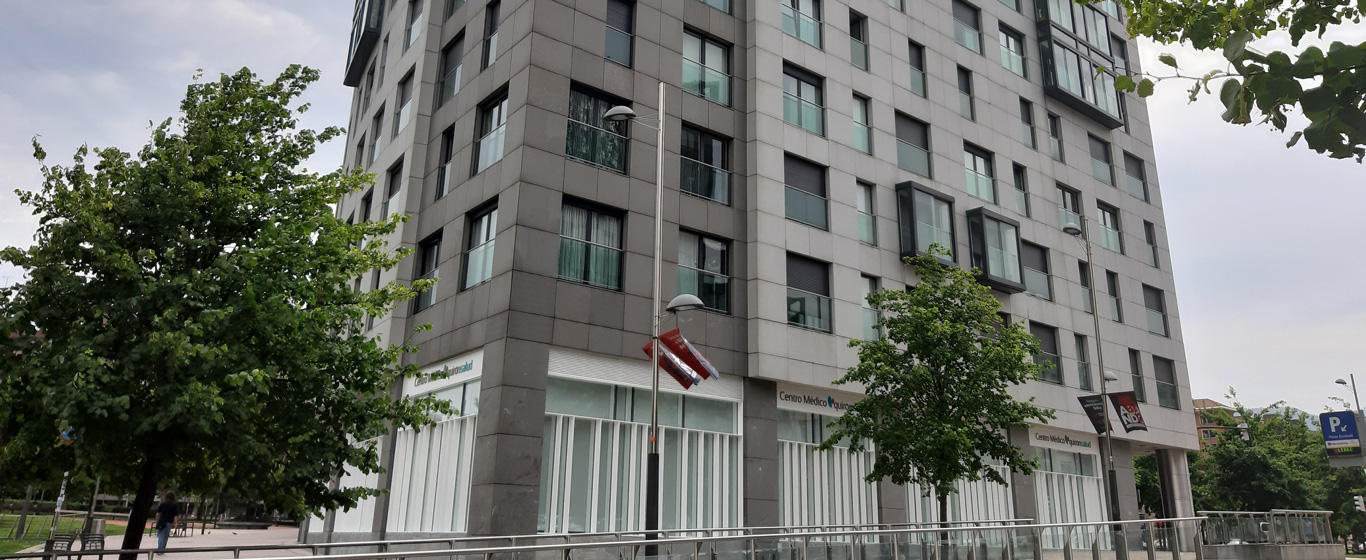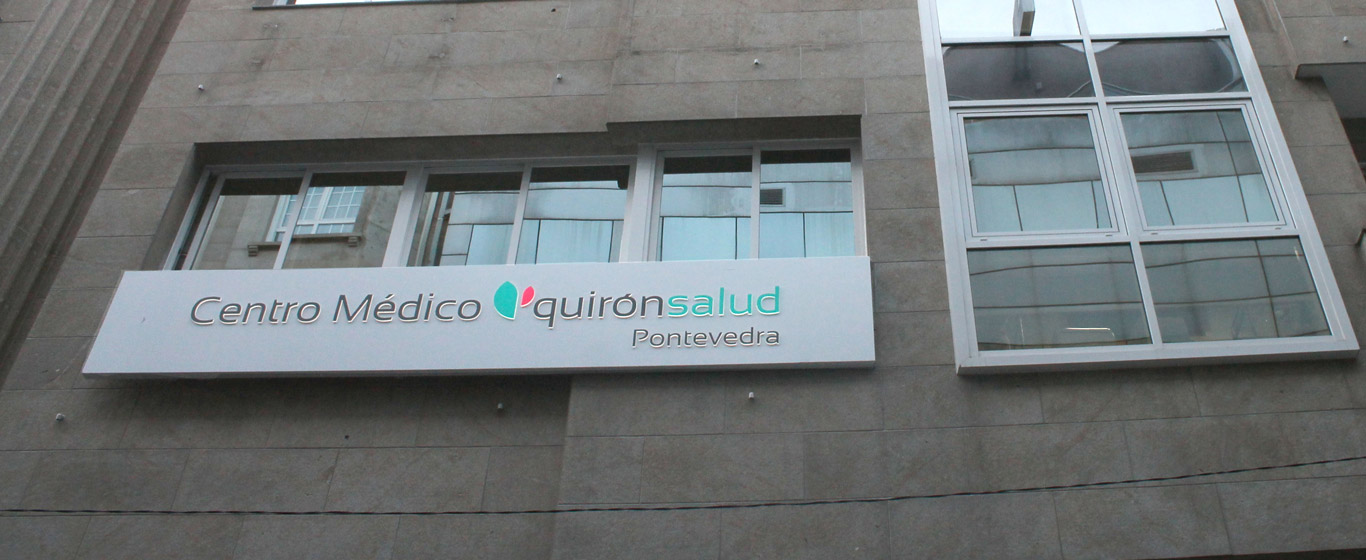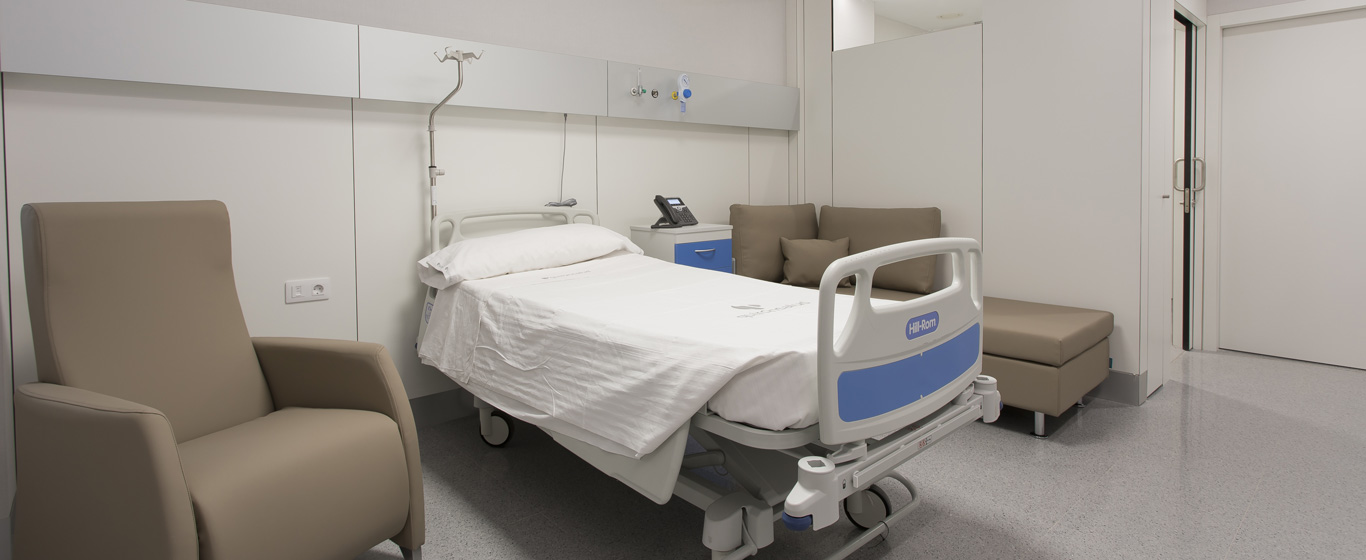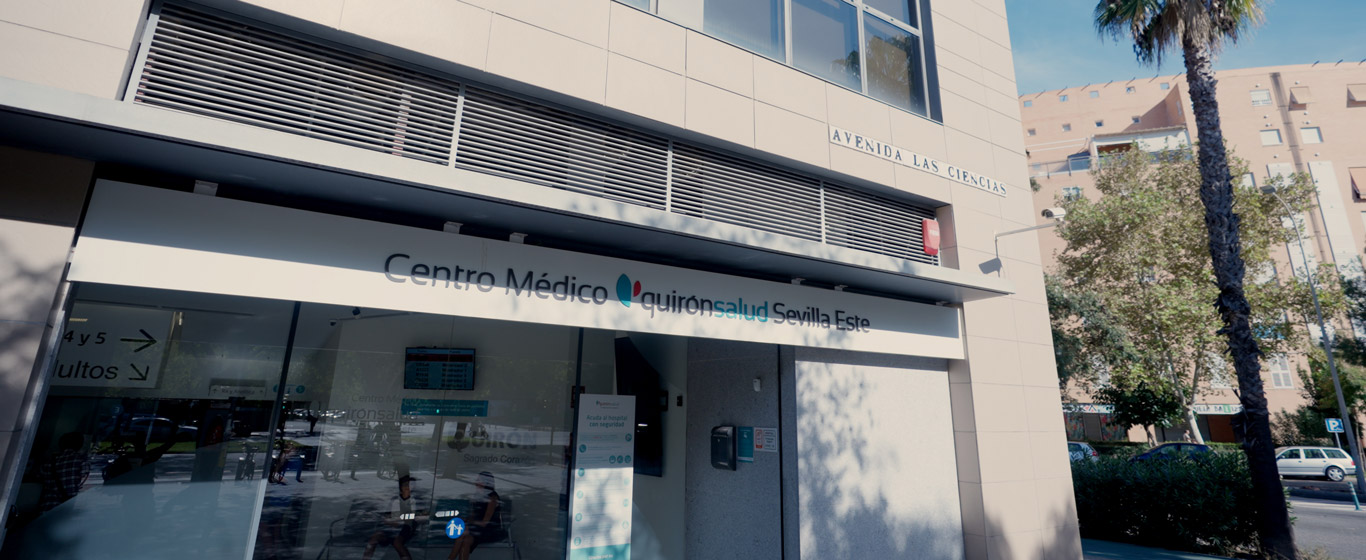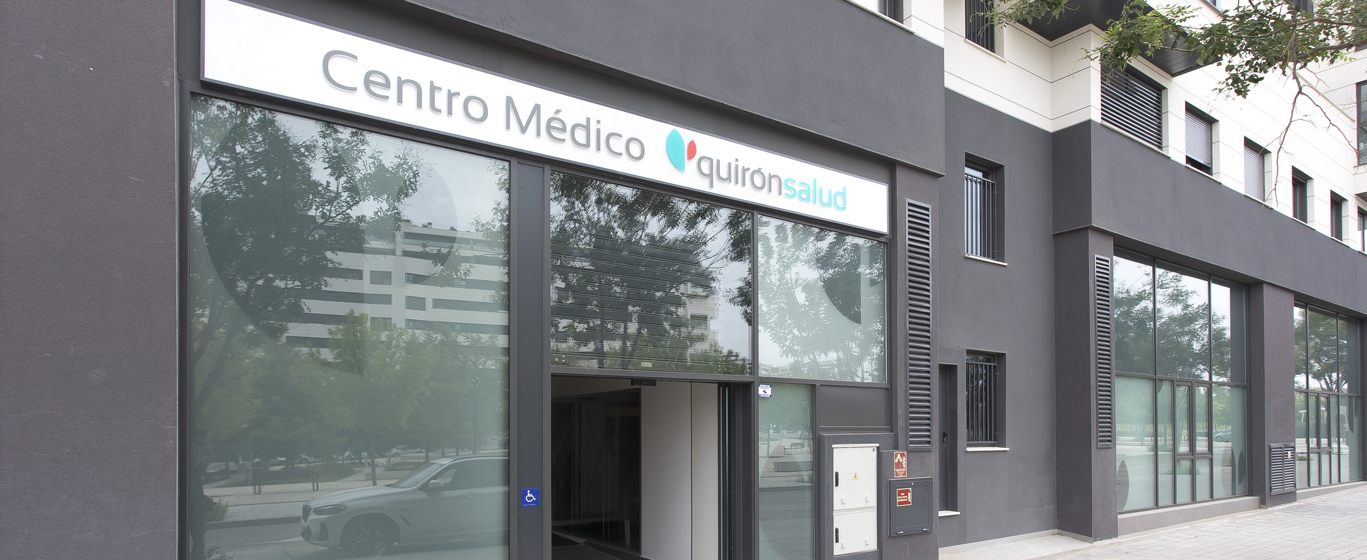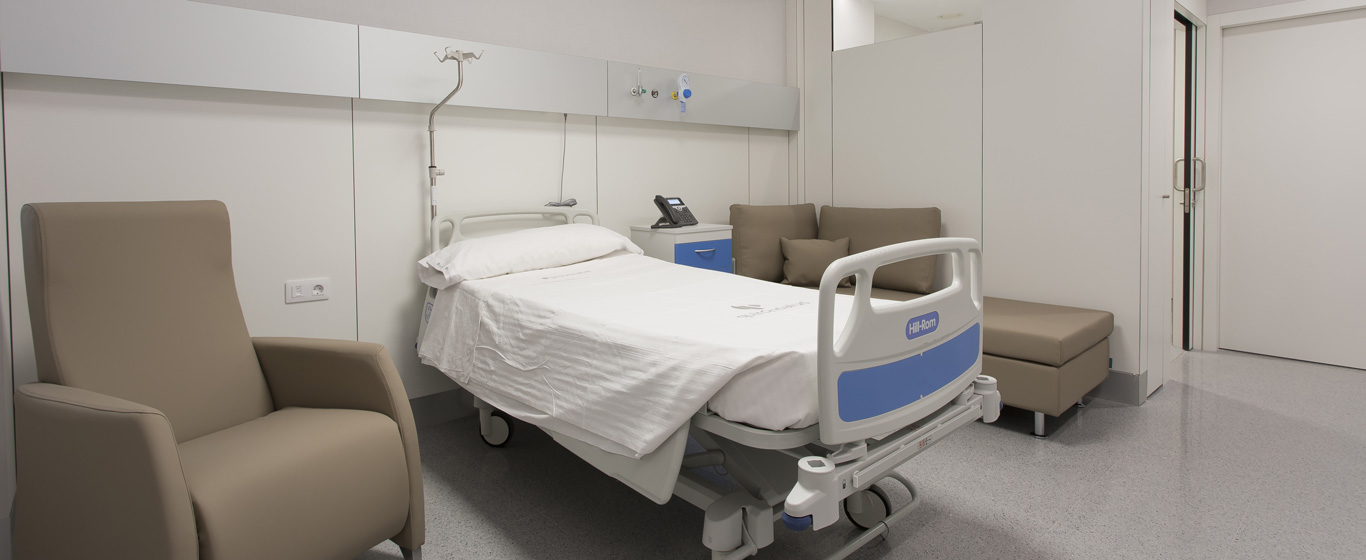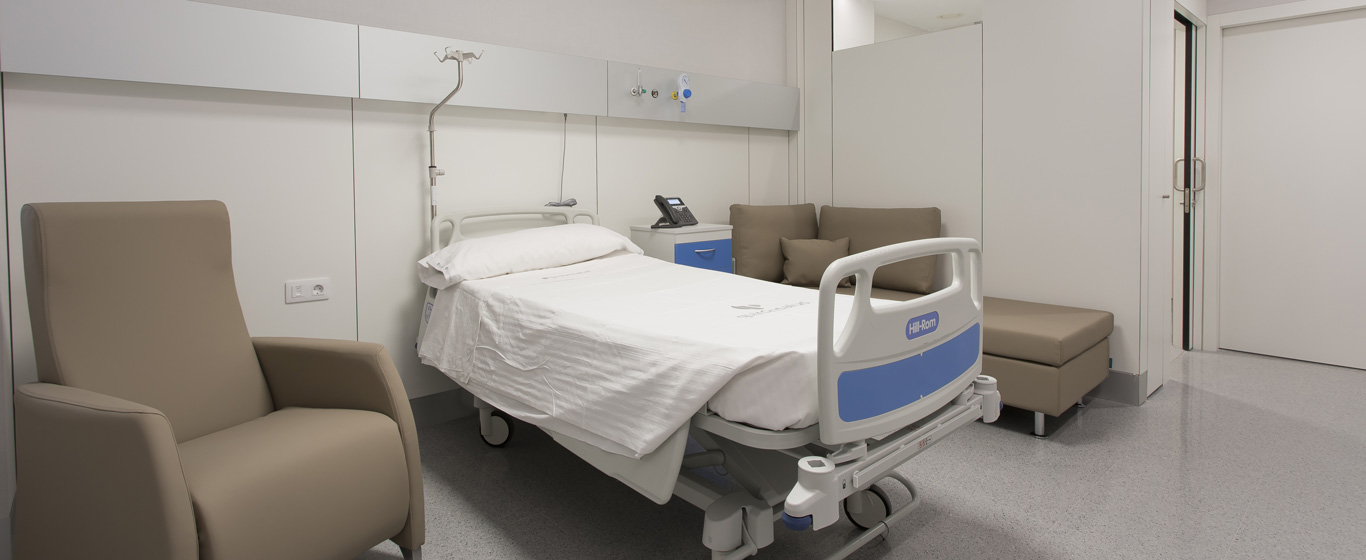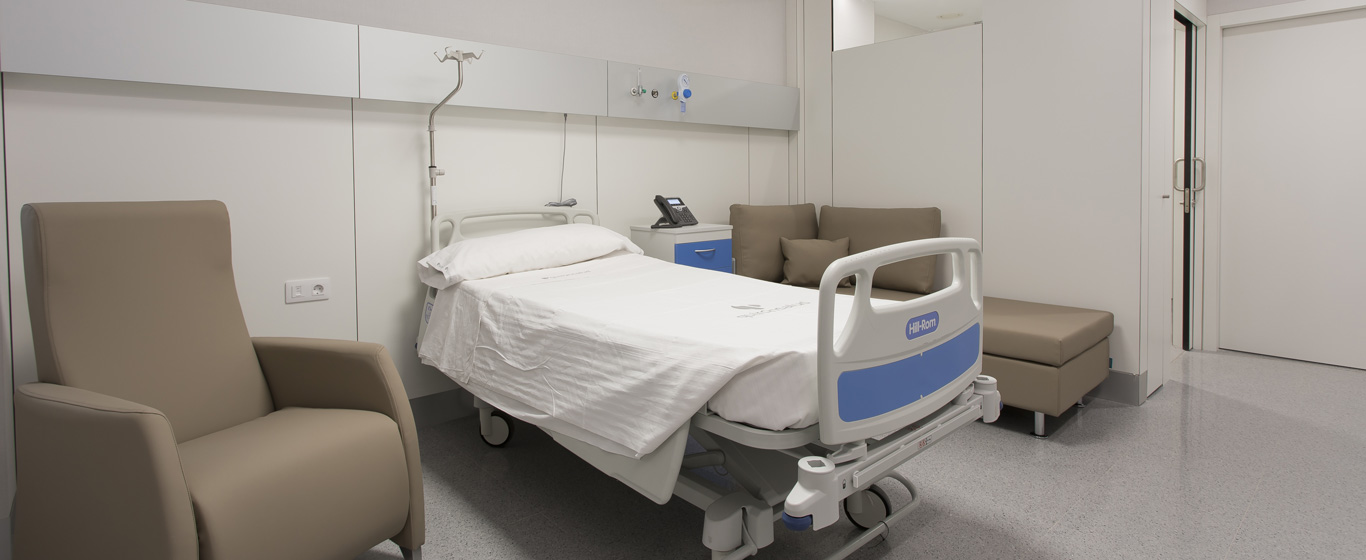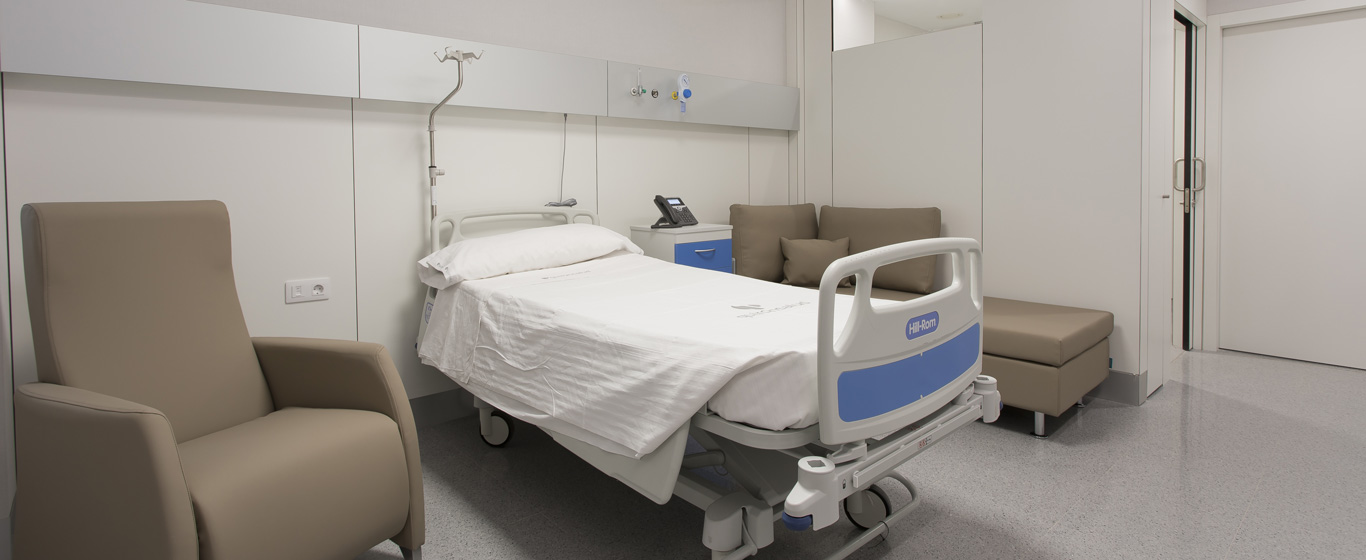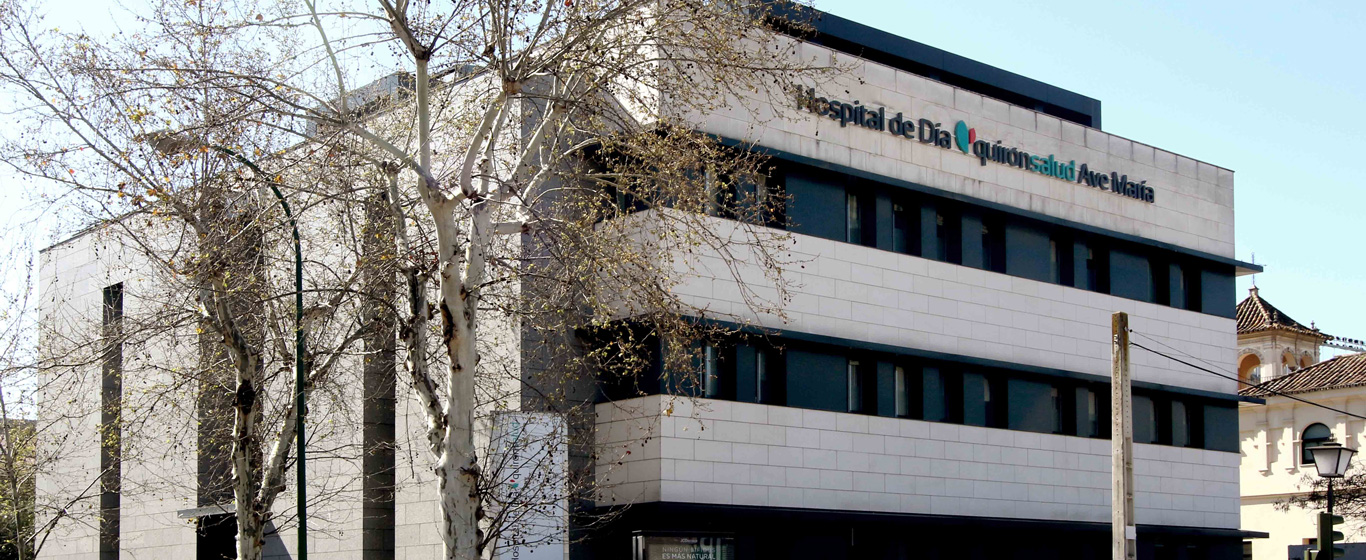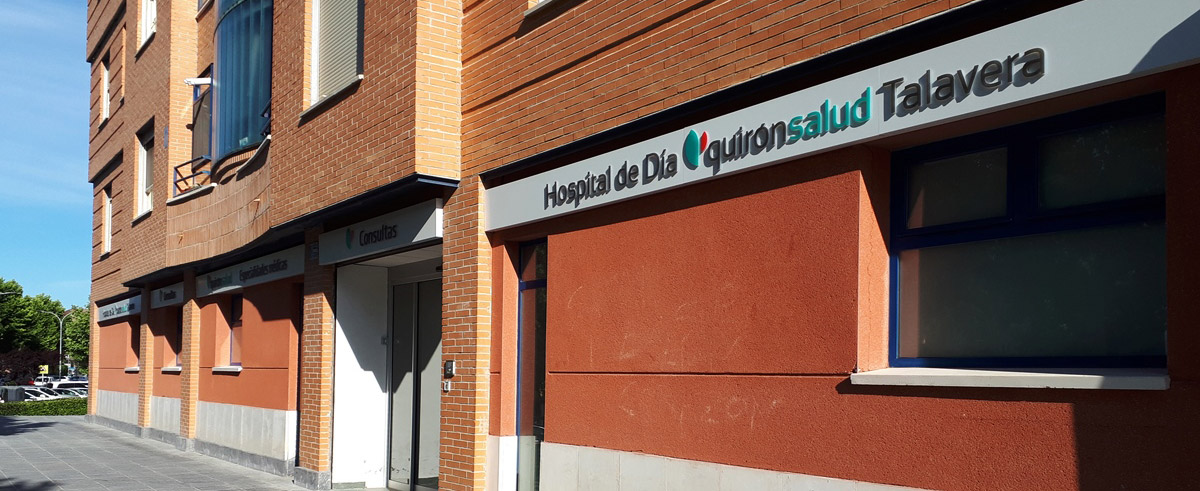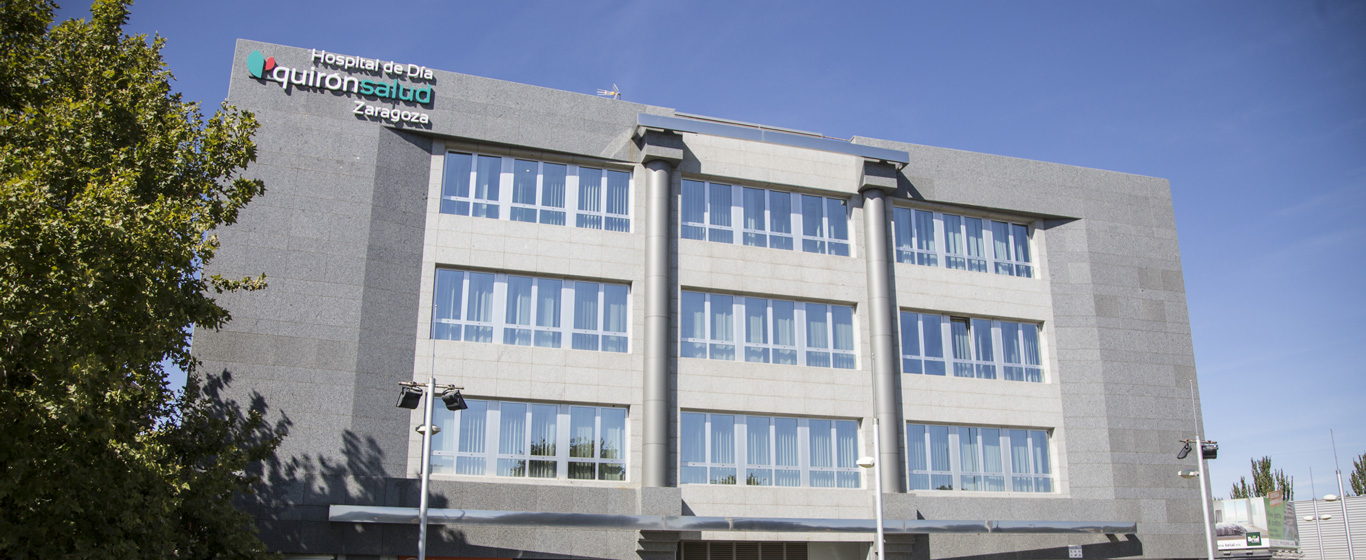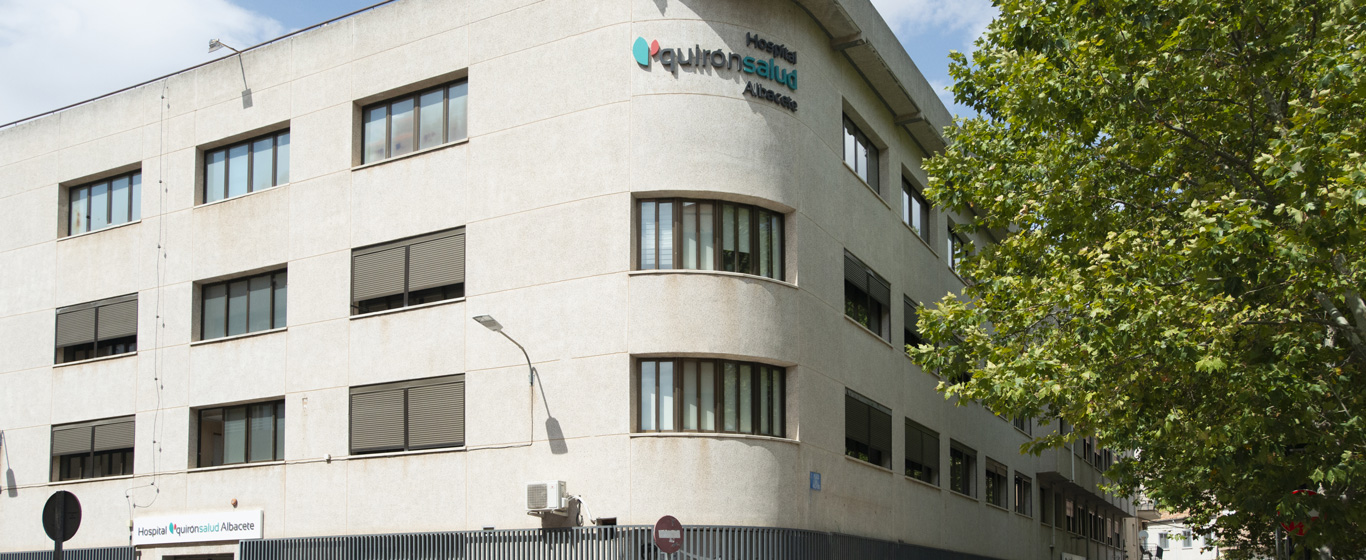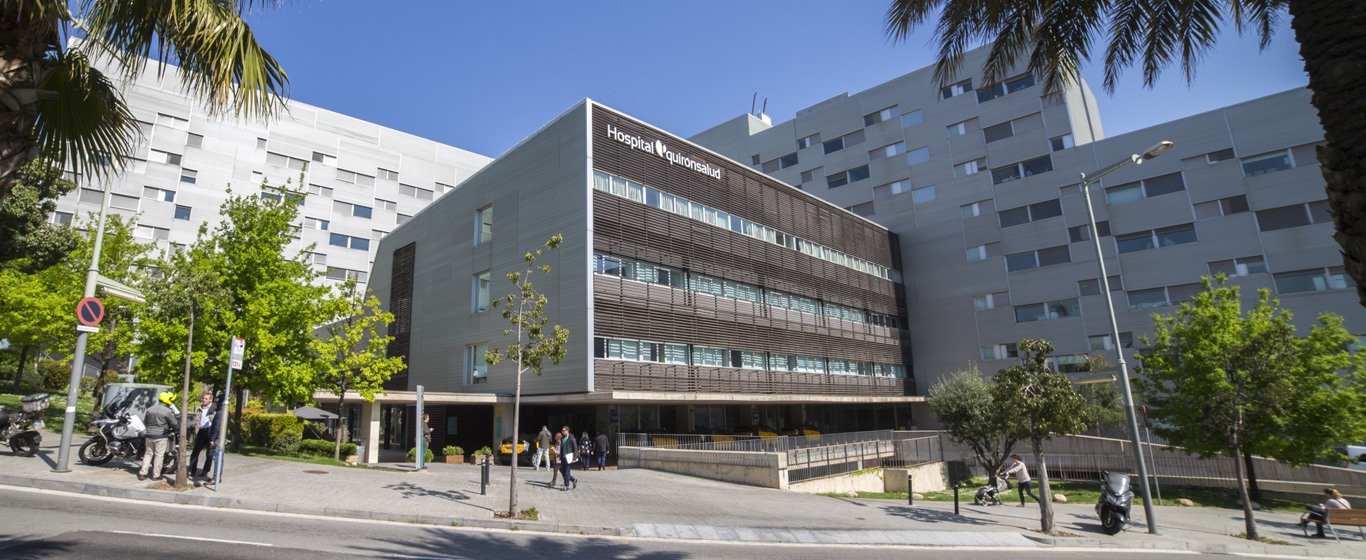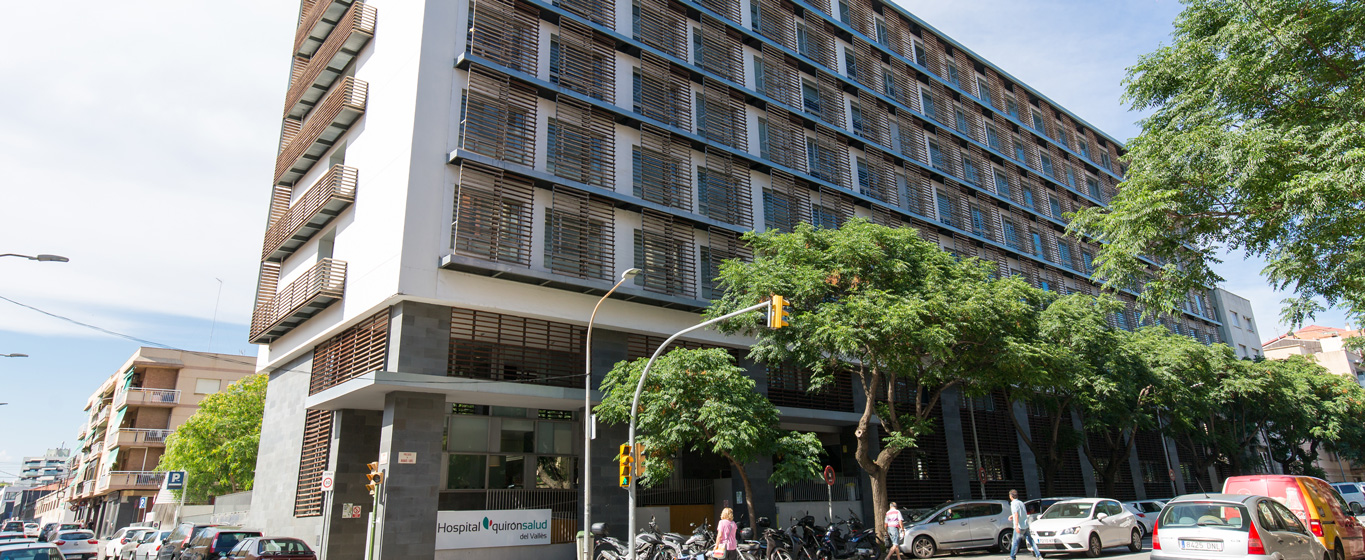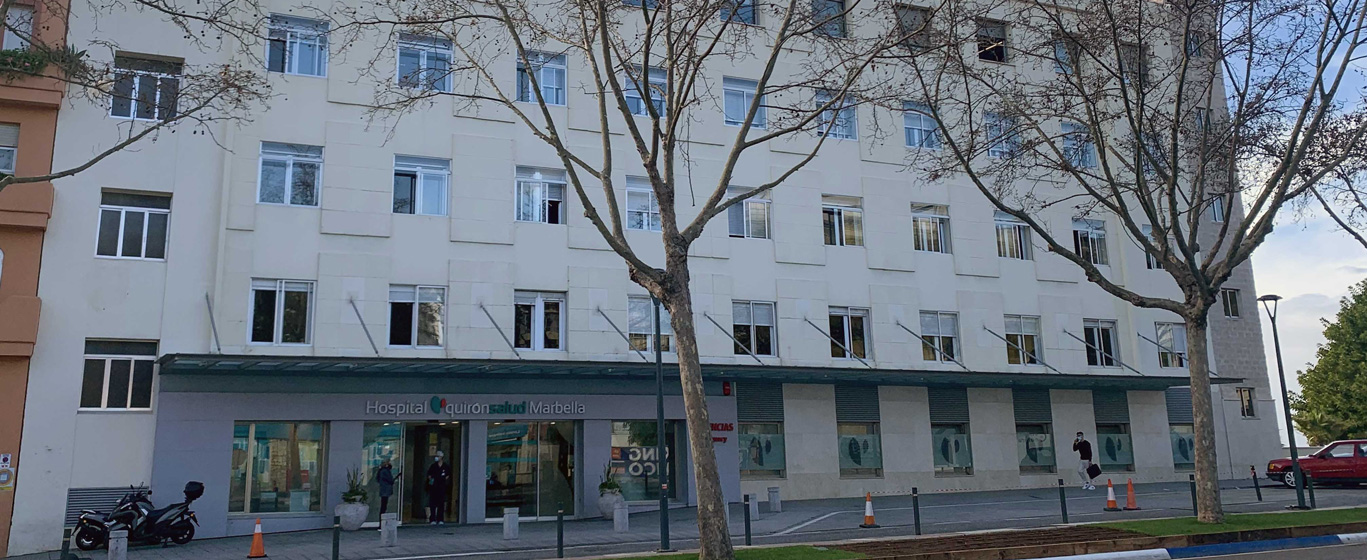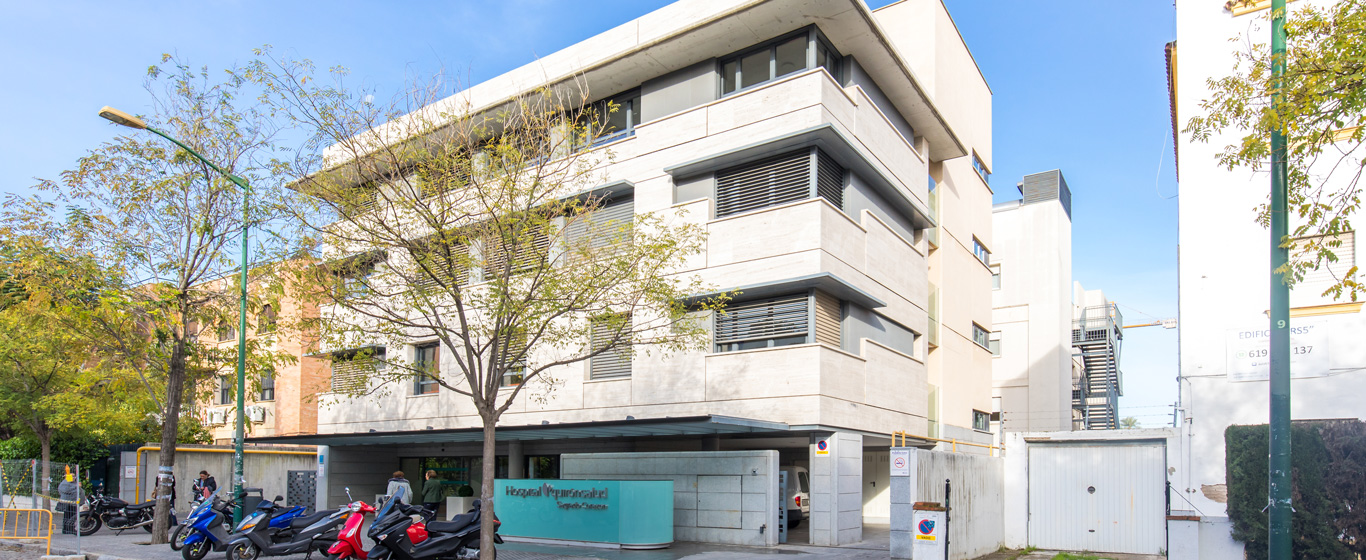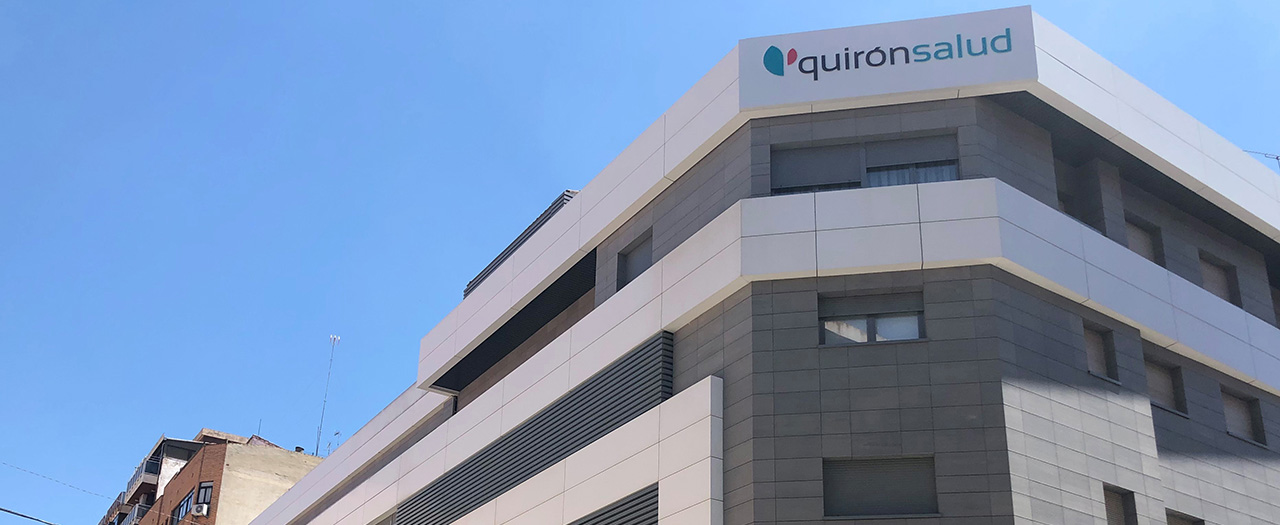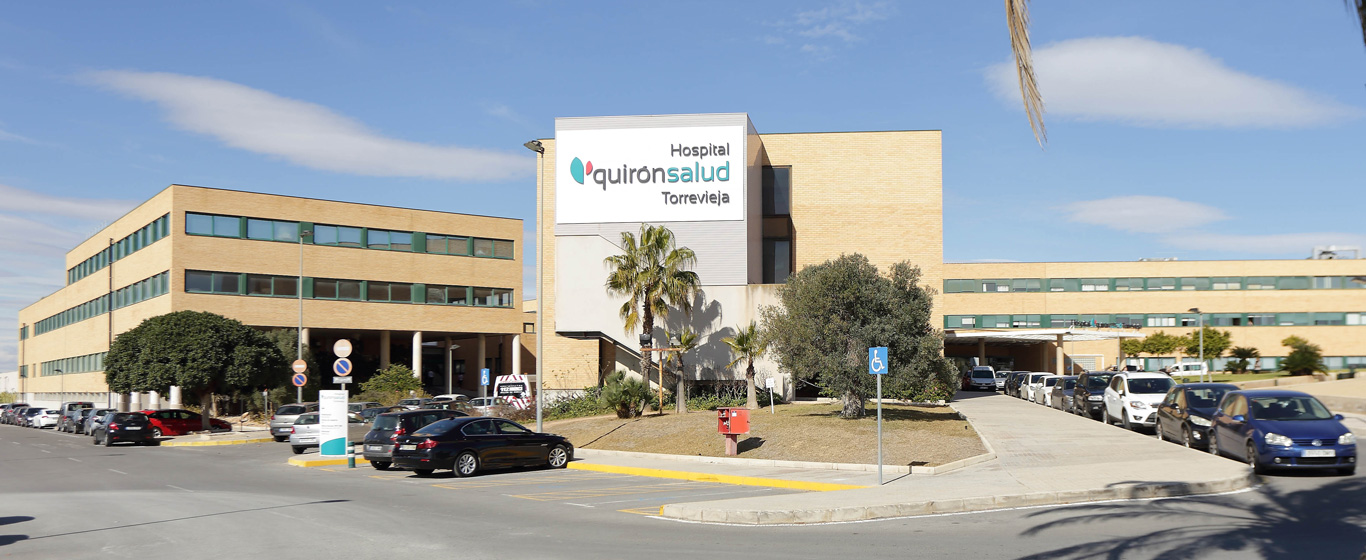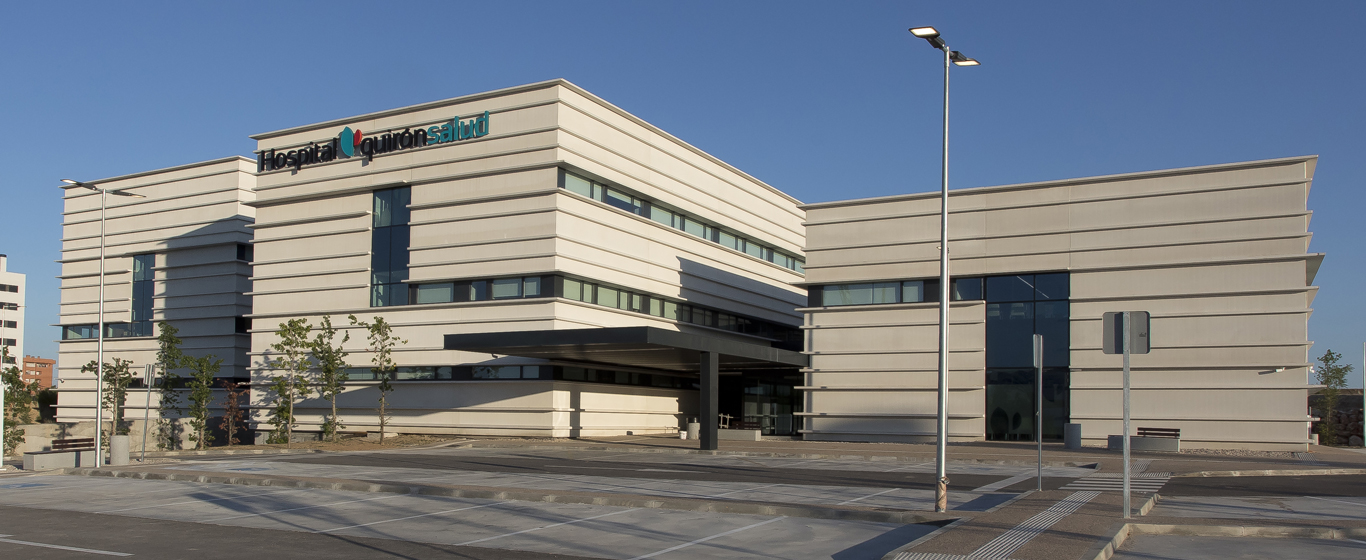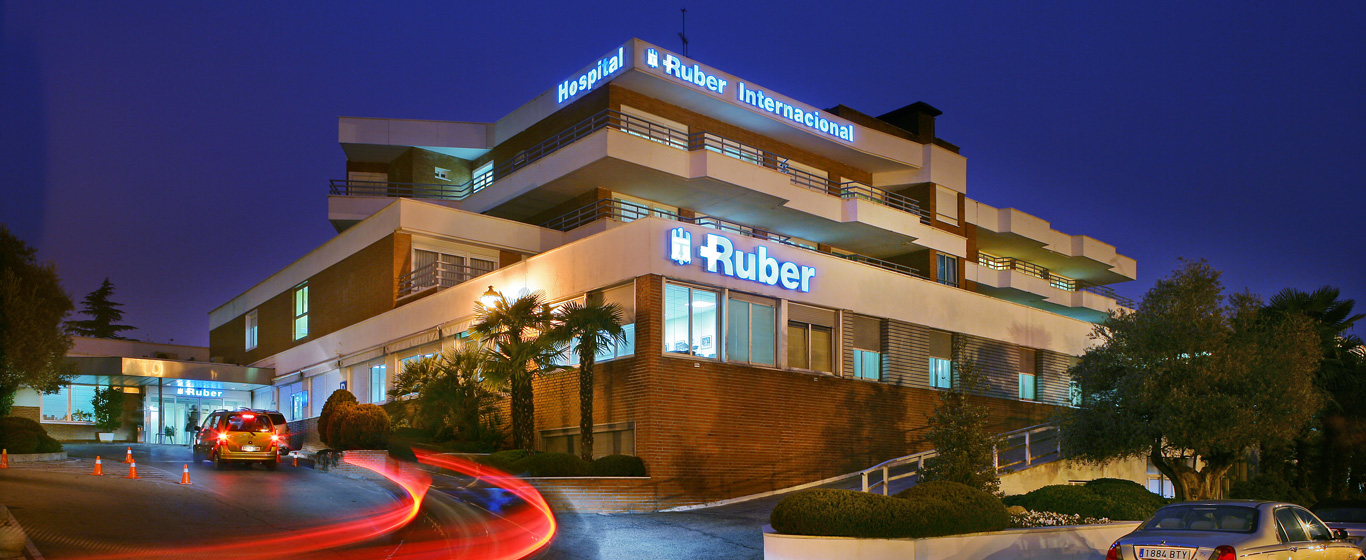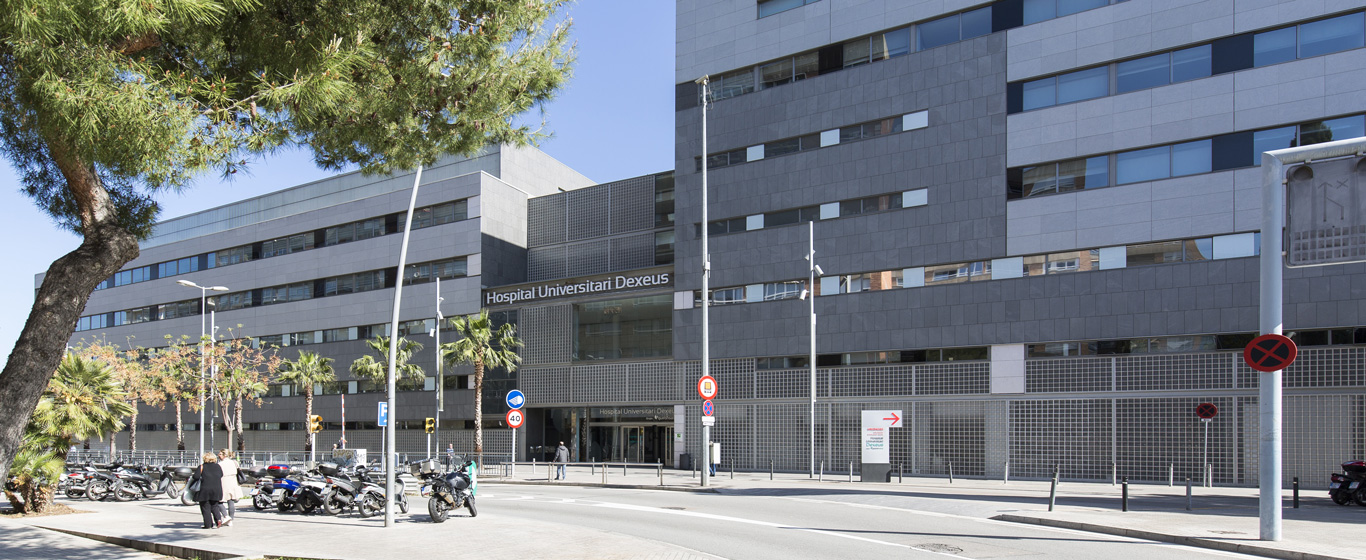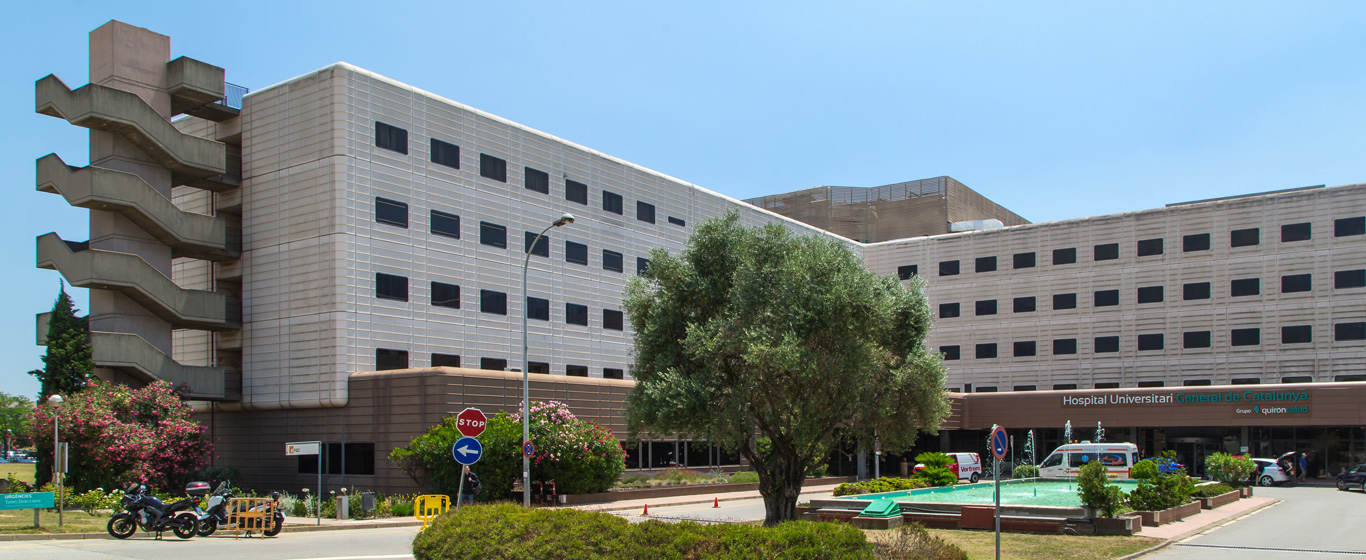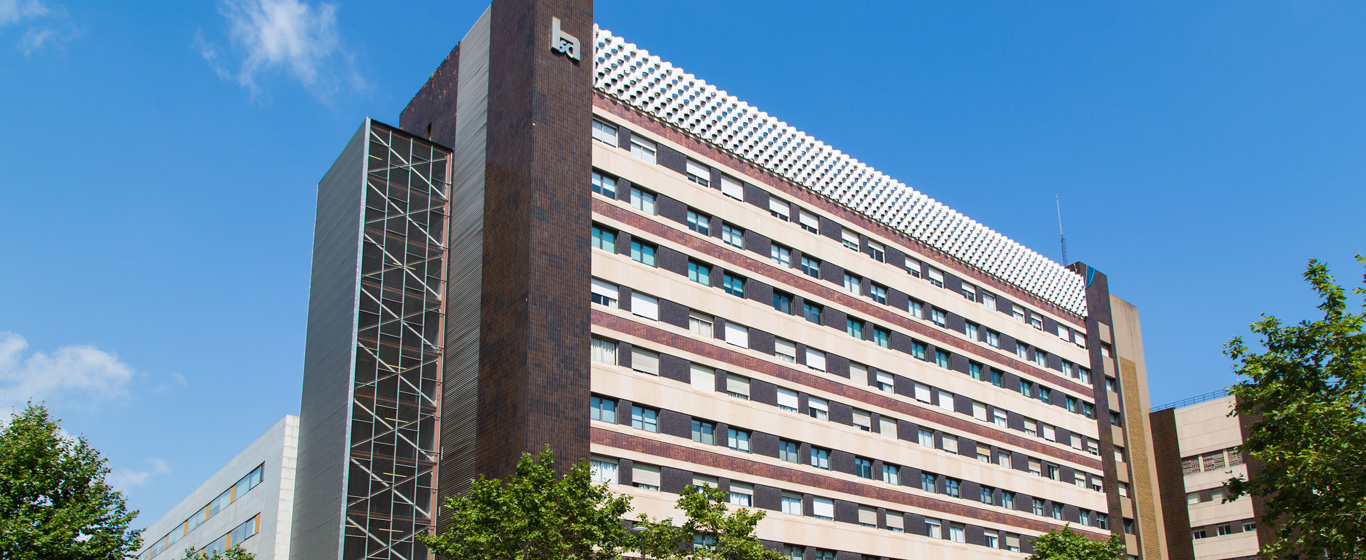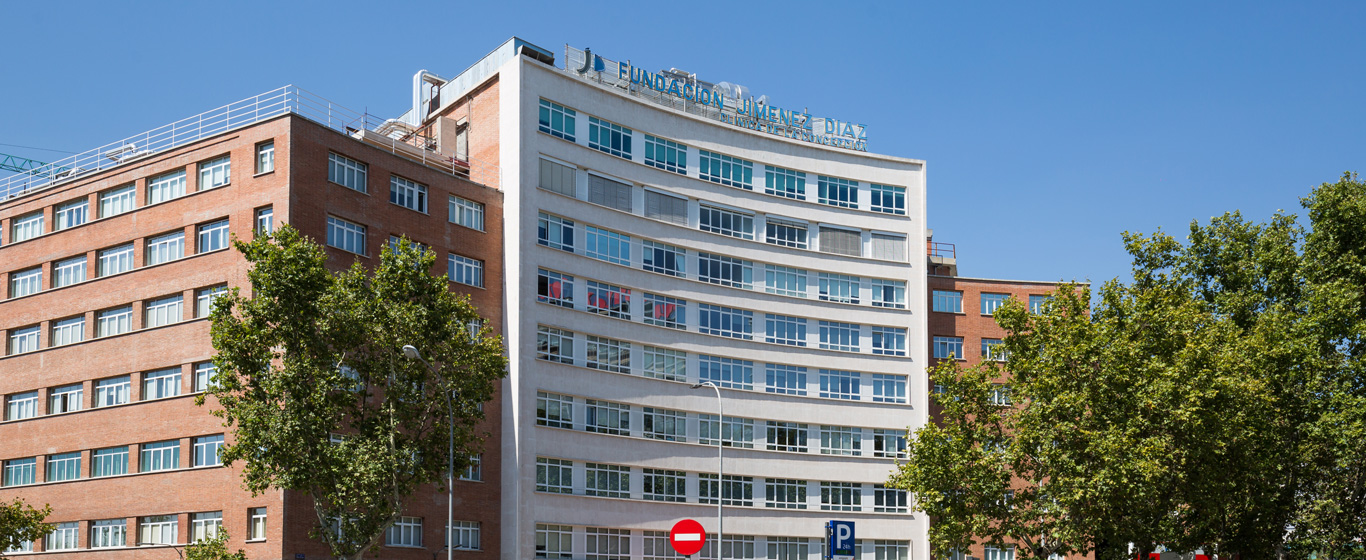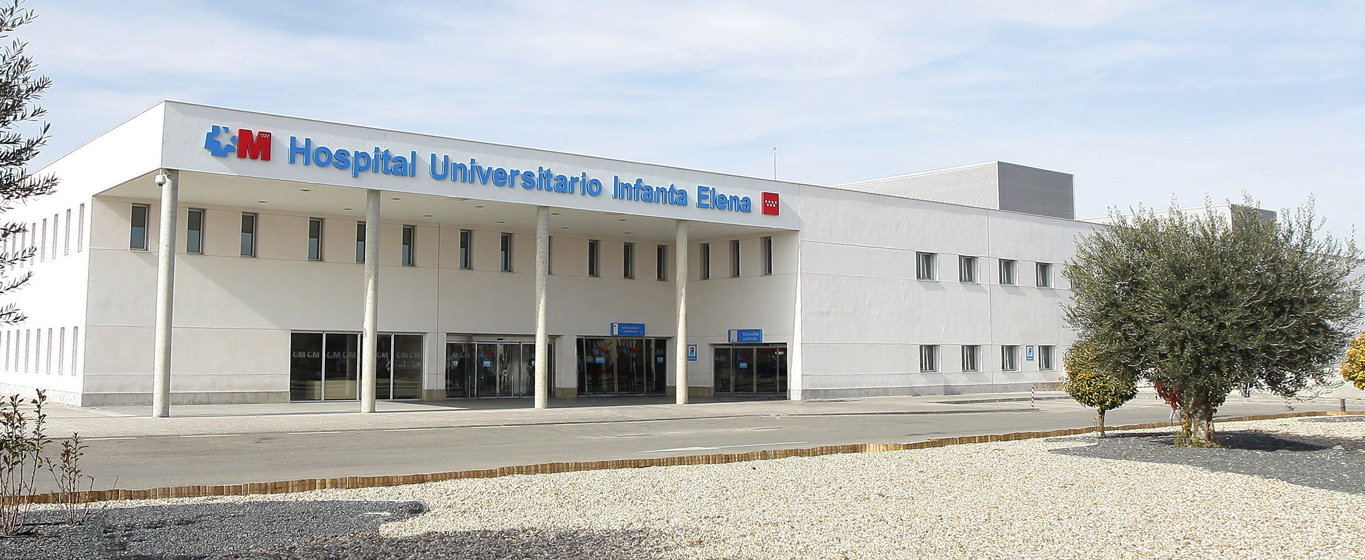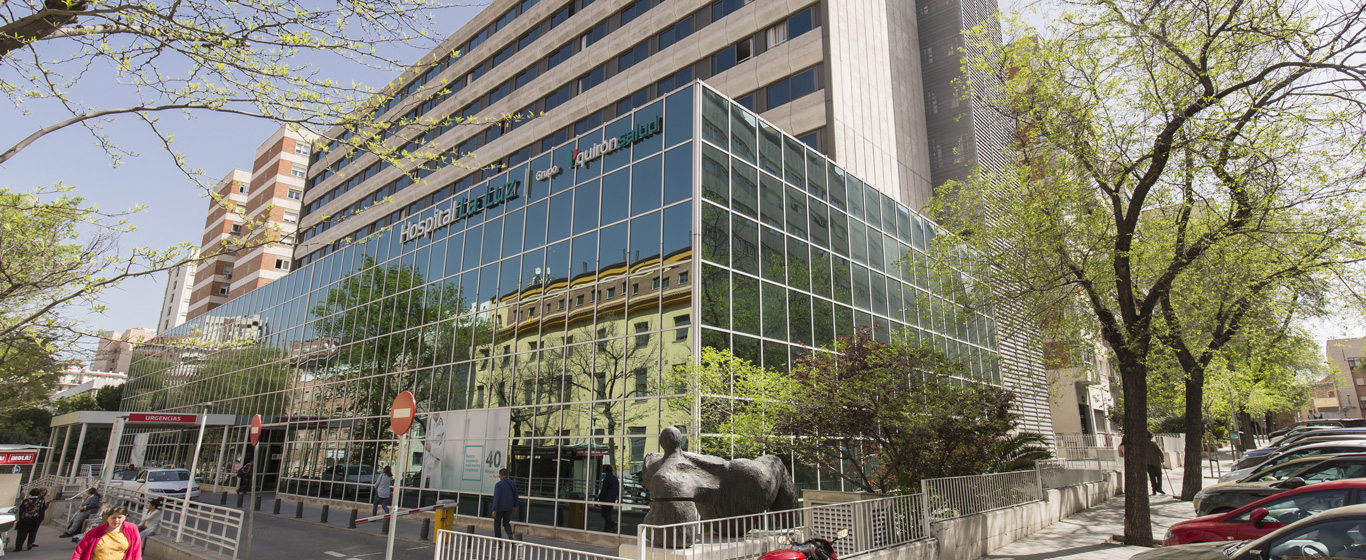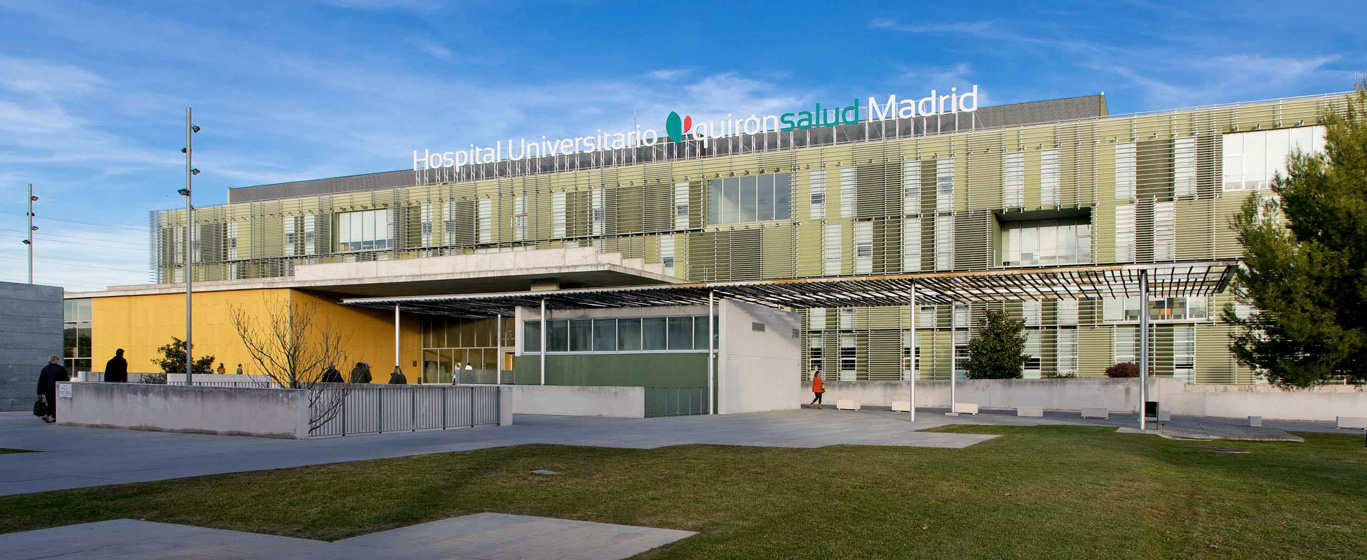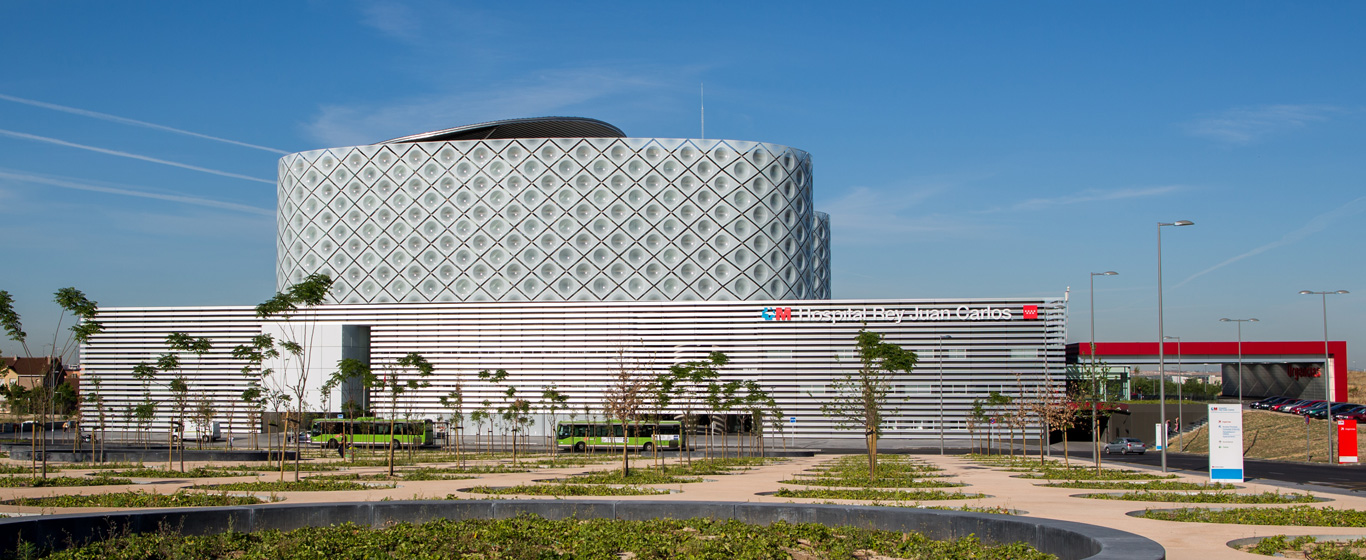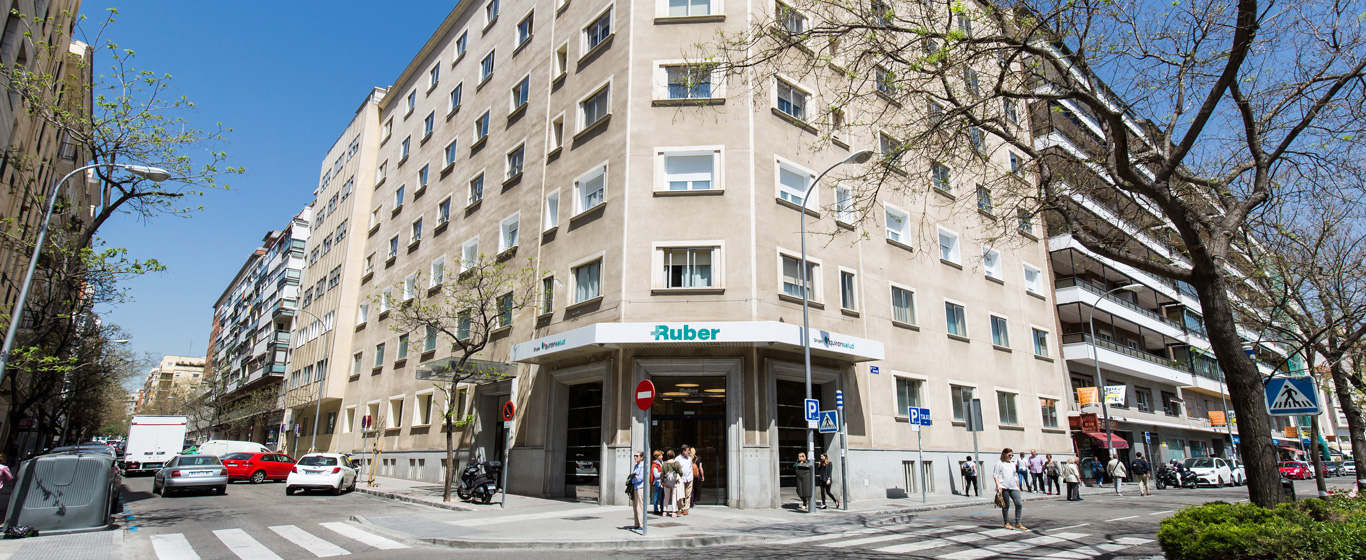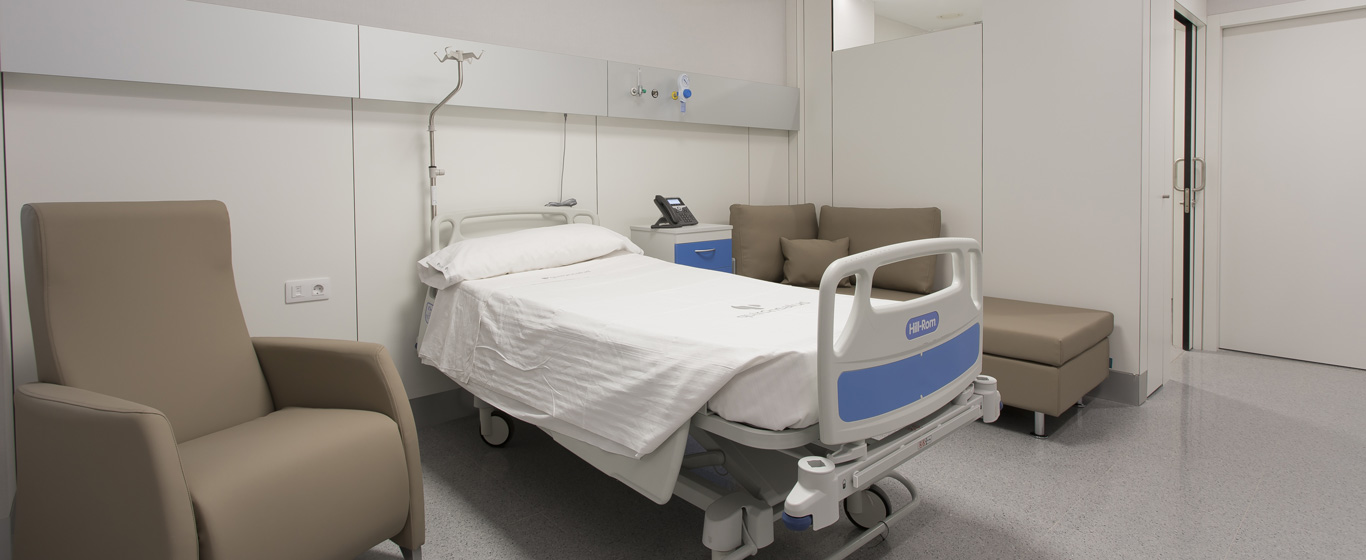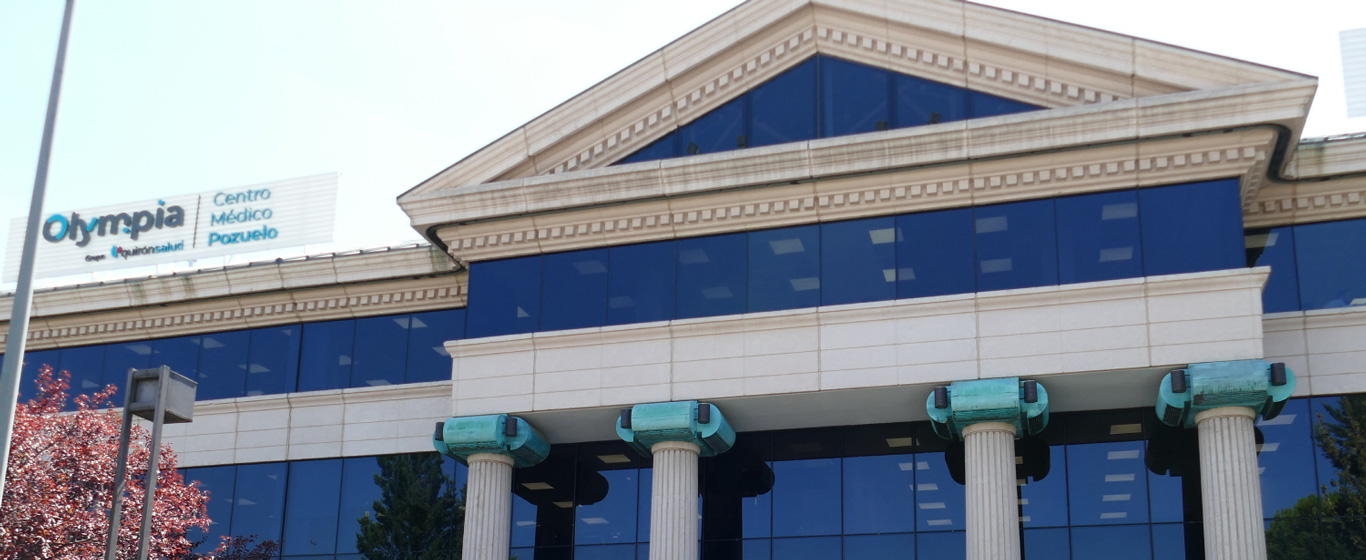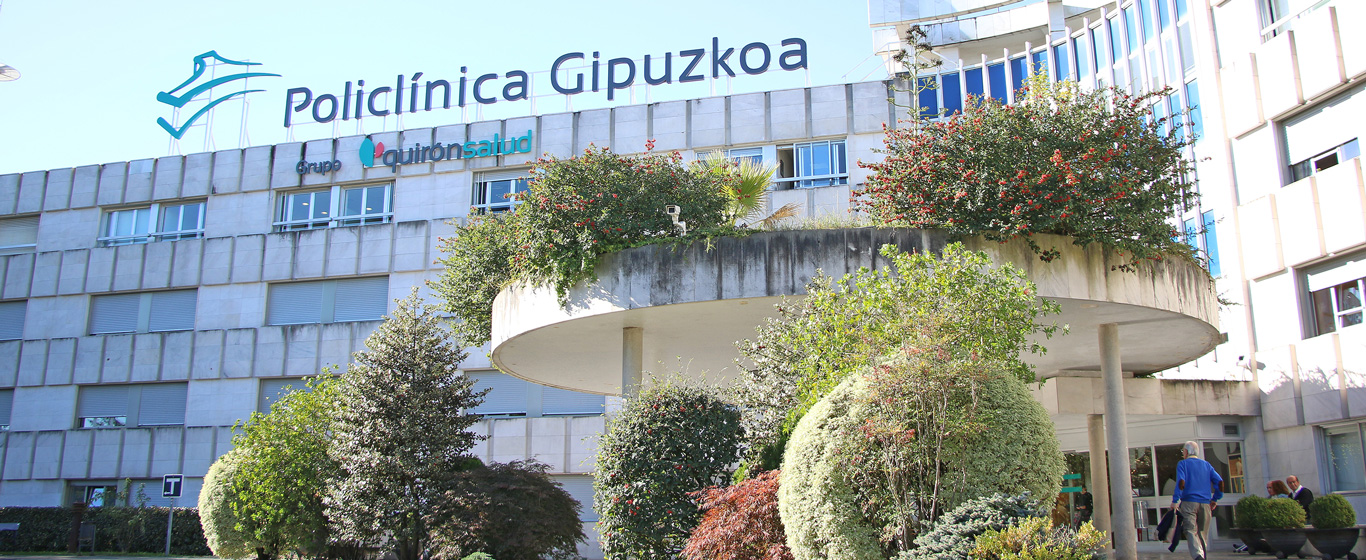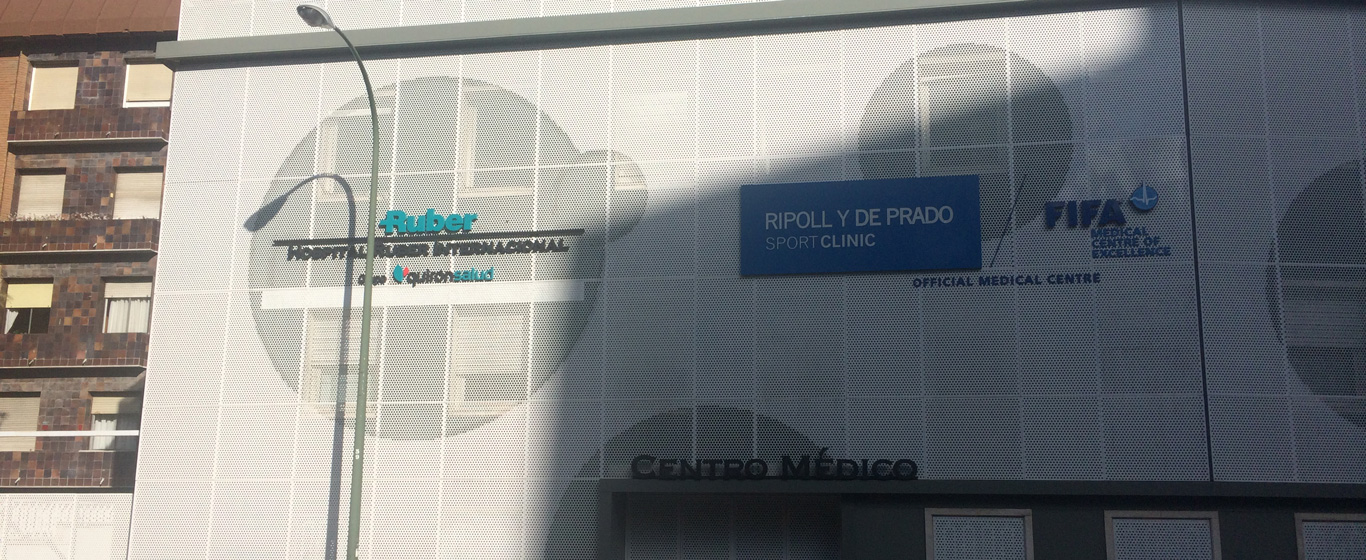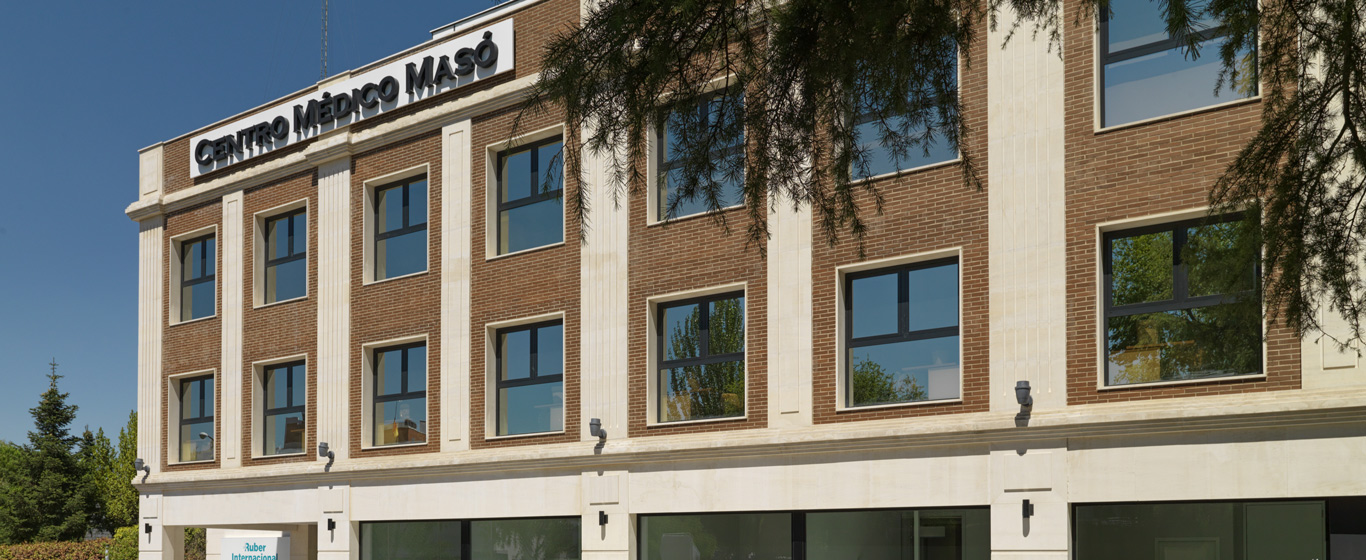Tendinitis
Why does tendinitis occur? All the information on the causes, symptoms, and treatment of this condition.
Symptoms and Causes
Tendinitis refers to the inflammation of tendons, which are fibrous cords of resistant and flexible tissue that connect muscles to bones. Their function is to transfer the force generated by the muscles to help move the bone structure they are attached to. It is a type of injury closely related to sports practice.
Tendinitis can occur in any tendon in the body, although it occurs more frequently in some. The most common types of tendinitis are:
- Tennis elbow or lateral epicondylitis: inflammation of the tendons that connect the forearm muscles to the outer part of the elbow.
- Golfer’s elbow or medial epicondylitis: inflammation of the tendons that flex the palm of the hand toward the wrist.
- Achilles tendinitis: affects the tendon that connects the calf muscles to the heel bone.
- Patellar tendinitis: inflammation of the tendon that connects the patella to the tibia.
- Rotator cuff tendinitis: affects the tendons of the shoulder joint.
- De Quervain's tendinitis: affects the tendons that extend the thumb away from the hand.
- Trigger finger or digital flexor tendinitis: inflammation of the flexor tendons that close the fingers of the hand. The fingers get stuck in a flexed position.
- Bicipital tendinitis: inflammation of the tendon that connects the biceps to the shoulder blade.
- Popliteal tendinitis: affects the tendon that connects the muscles of the back of the thigh to the upper part of the tibia.
- Hip tendinitis: inflammation of the tendons that connect the trochanter to the gluteal muscles.
When treated in time, tendinitis usually has a good prognosis. Otherwise, the risk increases for the tendon to rupture and for other injuries to occur.
Symptoms
The common symptoms of tendinitis are:
- Dull pain in the affected area, especially with movement.
- Sensitivity.
- Mild swelling.
- Heat radiation may appear.
- Occasionally, stiffness or locking of the corresponding joint occurs.
Causes
Tendinitis primarily occurs due to overload on the tendons caused by the need to use them continuously for executing repetitive movements over prolonged periods. It can also result from sudden injuries or trauma, or from the natural aging of the tendon due to age, which causes degeneration and loss of elasticity. It may also be related to certain conditions such as rheumatoid arthritis, gout, diabetes, psoriasis, or thyroid disease.
Risk Factors
The risk of developing tendinitis is higher in the following situations:
- Age: aging reduces tendon flexibility.
- Systemic diseases such as rheumatoid arthritis or diabetes.
- Use of certain medications such as corticosteroids, fluoroquinolones, or aromatase inhibitors.
- Professions that require maintaining uncomfortable postures, being exposed to vibrations, or performing the same movement repeatedly, such as painters, carpenters, plumbers, gardeners, or construction workers.
- Sports involving intense and repetitive movements:
- Golfer’s elbow: common in tennis players and golfers.
- Patellar tendinitis: common in sports involving jumping, such as basketball or volleyball.
- Achilles tendinitis: affects runners who suddenly change the intensity or duration of their runs. It also affects those who exercise only occasionally.
- Rotator cuff tendinitis: common in swimmers, tennis players, weightlifters, or baseball players.
- Bicipital tendinitis: usually associated with rotator cuff wear.
- Popliteal tendinitis: common in runners.
- Hip tendinitis: common in cyclists, runners, and swimmers.
Complications
Tendinitis usually does not present complications since it typically resolves with treatment. However, prolonged or recurrent tendinitis can lead to tendon tears, which can cause complete or partial rupture. This condition may affect the normal functioning of muscles or joints and require surgical repair, especially if the tendon has detached from the bone. Furthermore, prolonged tendinitis can cause calcium deposits to form in the area, making the corresponding joint stiff and weak, and causing it to creak or lock when moved.
Prevention
To prevent tendinitis, the following measures can be taken:
- Combine high-impact exercises and activities with low-impact ones.
- Avoid excessive practice that results in overexertion.
- Stretch before and after exercise.
- Take breaks if the activity is prolonged or if discomfort occurs.
- Improve sports technique: execute movements correctly, avoiding excessive tension in muscles and tendons.
- Strengthen the muscles being used.
- Maintain proper posture.
- Use appropriate footwear for the activity and surface.
Which doctor treats tendinitis?
Tendinitis is diagnosed and treated in consultations for rheumatology, traumatology, or in the sports medicine unit.
Diagnosis
The diagnosis of tendinitis is based on the presentation of symptoms and the following tests:
- Physical examination: involves palpating the area and performing specific maneuvers to assess pain and range of motion.
- Diagnostic imaging tests such as MRI or ultrasound, if necessary, to rule out a tear or confirm the presence of calcium deposits.
Treatment
The treatment for tendinitis focuses on relieving pain and inflammation. There are different options:
- Rest: resting allows the tissue to recover. It may be necessary to immobilize the limb with splints or orthopedic devices.
- Cold application: relieves acute pain in the first hours. Afterward, heat is more effective.
- Elastic compression bands: help reduce inflammation and recover mobility.
- Pharmacological treatment:
- Nonsteroidal anti-inflammatory drugs: relieve pain and inflammation. They can be administered topically or orally.
- Corticosteroid injections: not recommended for chronic tendinitis or frequent injections in the same area, as they can damage the tendon.
- Dry needling: stimulates tissue recovery by making small holes in the tendon with a fine needle. It is applied when previous treatments are ineffective.
- Surgical repair: if a severe tear has occurred.
- Physiotherapy and rehabilitation exercises: once the inflammation is controlled, it is necessary to stretch and strengthen the affected tendon and muscle.






